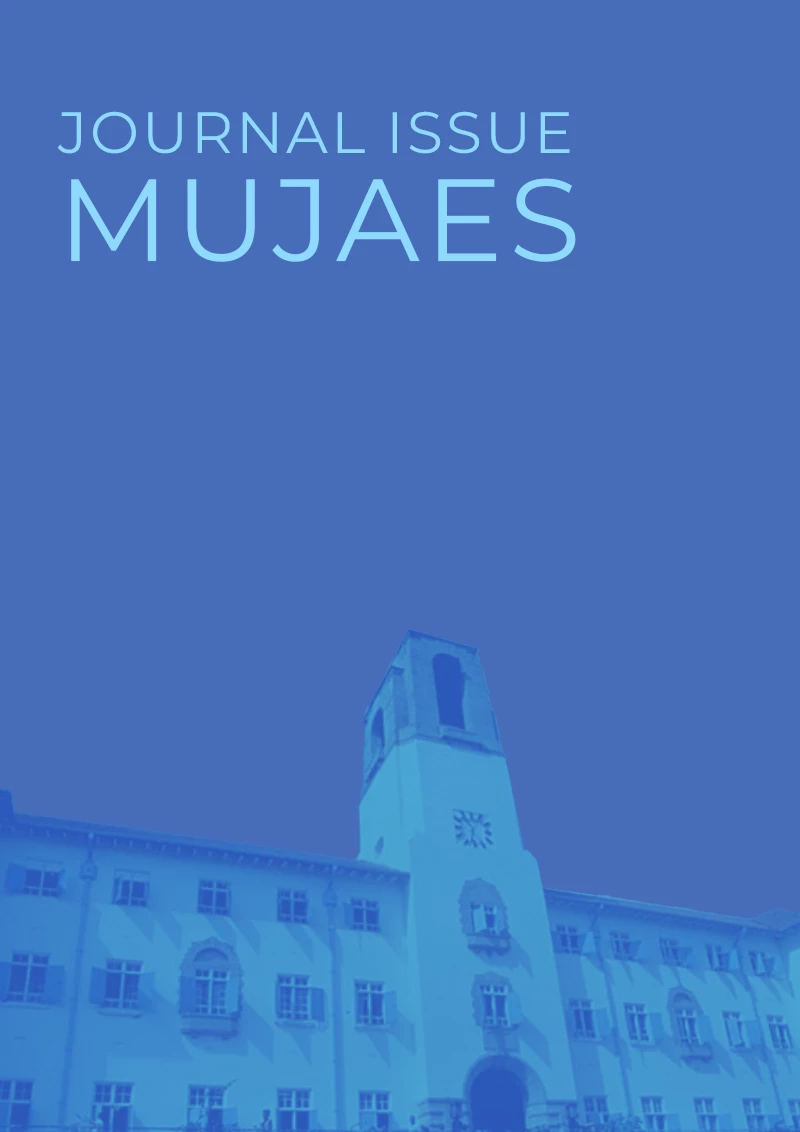Moulds and aflatoxin contamination of maize and groundnuts in Mayuge and Kumi districts of Uganda

Abstract
Mycotoxins are pruduced by specific types of moulds that grow on inadequately processed and stored grain cereals and legumes. While they are known to have serious effects on the health of both human beings and animals, their incidence in Uganda has not been adequately studied. Thus, the objectives of this study were to identify moulds infecting maize and groundnuts in Uganda, and relate the incidence at farm level to levels of aflatoxin contamination in these produce at harvest and under and storage conditions. Aspergillus, Fusarium, Penicillium and Rhizopus were the predominant moulds isolated and occurred in more significant quantities in samples stored for five to seven months than in newly harvested samples. In Kumi, 48% of groundnuts stored for up to seven months and 28% of those newly harvested tested positive for aflatoxin with mean levels of 2.96 and 1.83 ppb. respectively. In Mayuge, 50% of the groundnuts and 40% of the maize stored up to five months were positive fo aflatoxins, with mean levels of 5.38 and 1.64 ppb, respectively. No aflatoxins were found contaminating the newly harvested maize in Mayuge. The aflatoxin levels observed were low compared to those earlier reported in samples from markets, probably because of the low levels of moisture content of the stored kernels and low levels of insect damage. The results of this study indicate that mycotoxigenic fungi and aflatoxin contamination of maize and groundnuts starts at farm level and contamination occurs in both pre and postharvest phases. Since potential mycotoxigenic fungi rather than Aspergillus were isolated in significant quantities in this study, the occurrence of mycotoxins other than aflatoxins should be studied.
Keywords
Fungi, Hygiene, moulds, mycotoxins